5 July. Day 13. “Too hard for soft*” or Last day on Gydratny fault
* International Smandrappanese World dictionary (1998)
Good bye, Gydratny! Today we completed our last and southernmost profile across this fault.
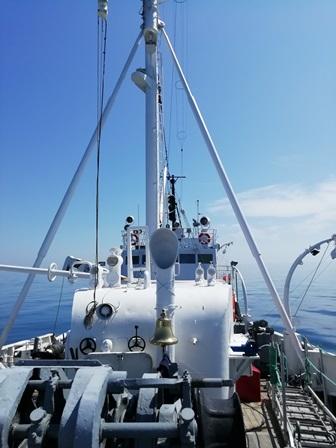
No major anomalies can be observed in the seismic data. In this area the fault escarpment is not as pronounced on the lake floor as it is in the north. The recovery of the first station provided an impressive ~70 cm thick layer of sand capped by diatomic ooze.
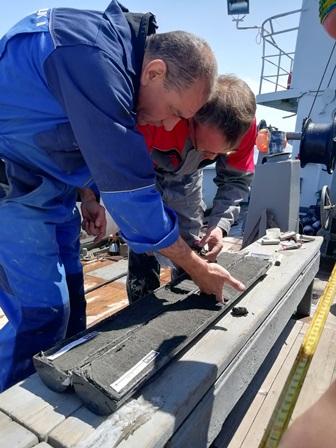
We found out that even the region to the west of the fault is characterized by thick sand deposits flushed in the lake from the Selenga River. The same silty and sandy sediments are also present on the faults escarpment and further to the east of the profile. No obvious evidence of degassing was observed here, although our visual observations could be biased by the presence of more permeable sand.
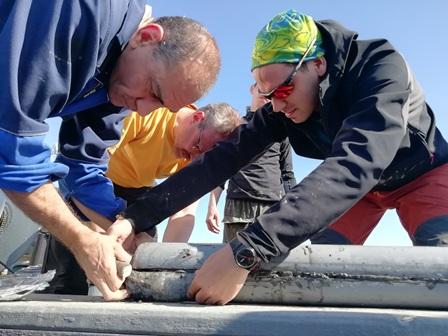
In some instances could be heard the sound of degassing from the silty-sandy sediments. Some of the cores collected from the eastern flank of the fault showed the presence of very thick silty sandy turbidites and, in one instance, thick deposits containing plants debries with tree branches as big as 10 cm.
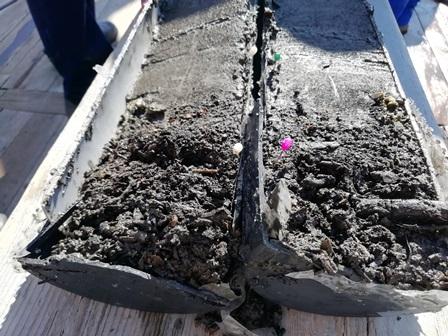
We left Gydratny areas and during the transit we organized an excursion to the bridge and to the engine room for the participants of the leg 2.
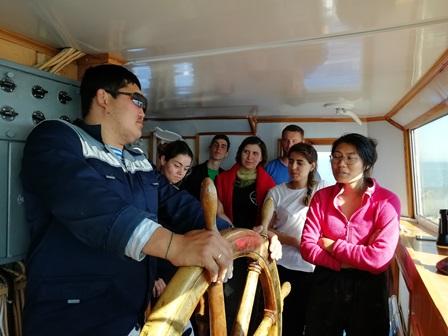
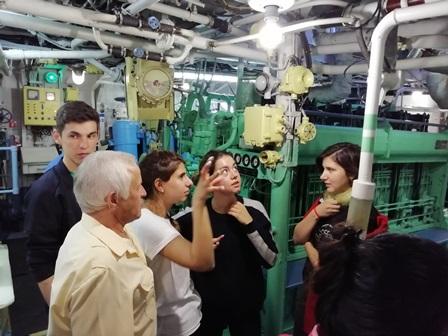
Our last two stations we collected in the Elga area. This part of Baikal is characterised by numerous scattered circular highs that on the seismic profiles are similar to small mud volcanoes.
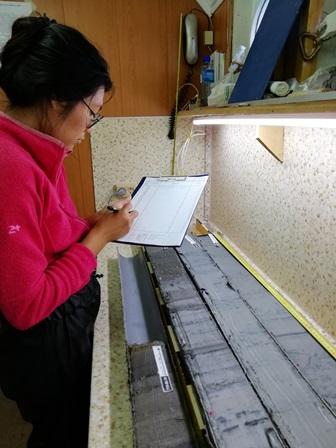
We targeted one of these intriguing structures and did not recover gas saturated sediments, no obvious evidence of gas hydrates, neither mud breccia… so far.
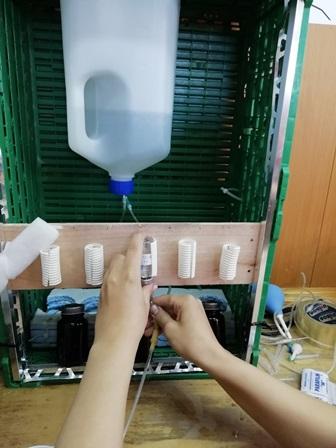
During the expedition we have collected many cores and it is now time to start archiving all the packed sections and subsamples. A lot of work. In two days we will need to leave the ship and time is ticking.
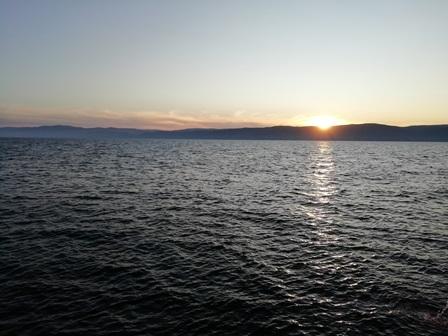
Text: Adriano and team
Photo: Marina and team